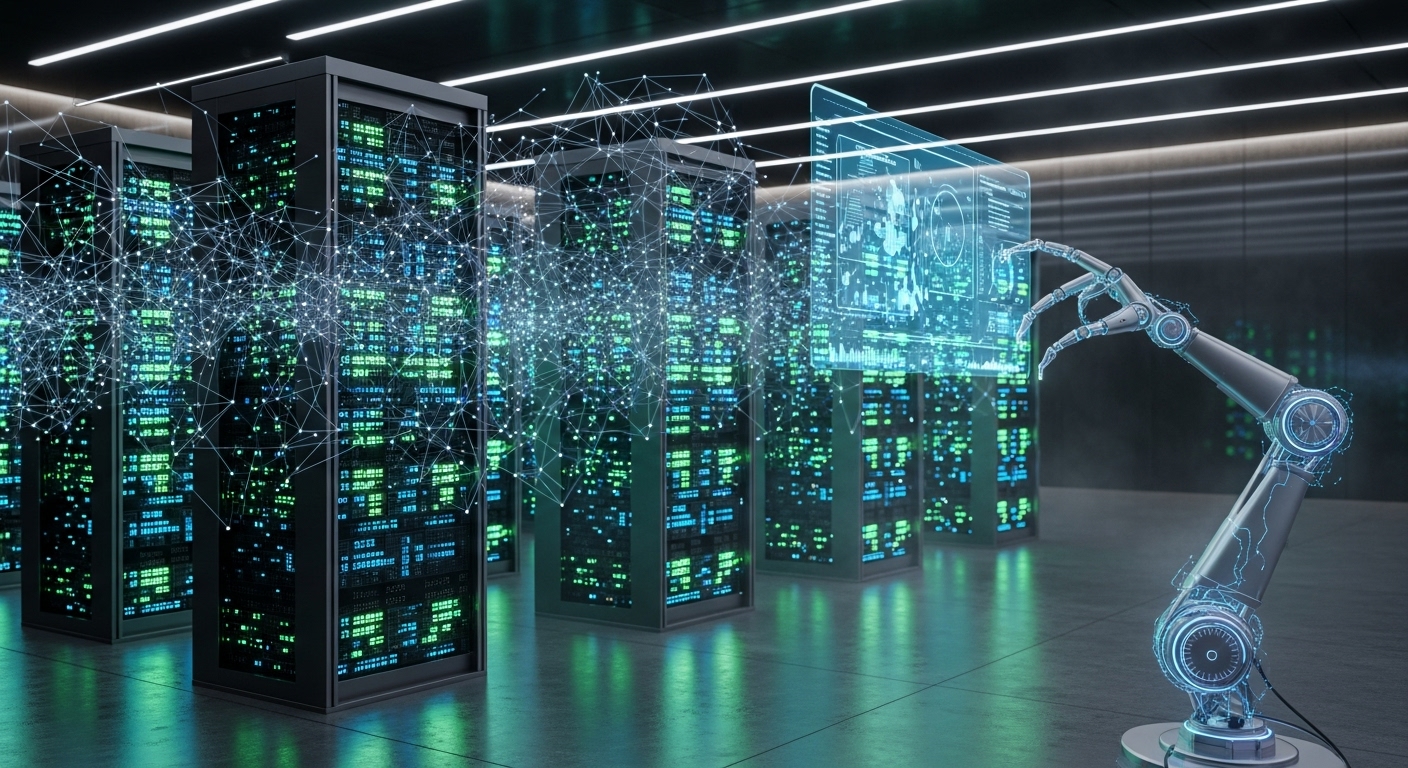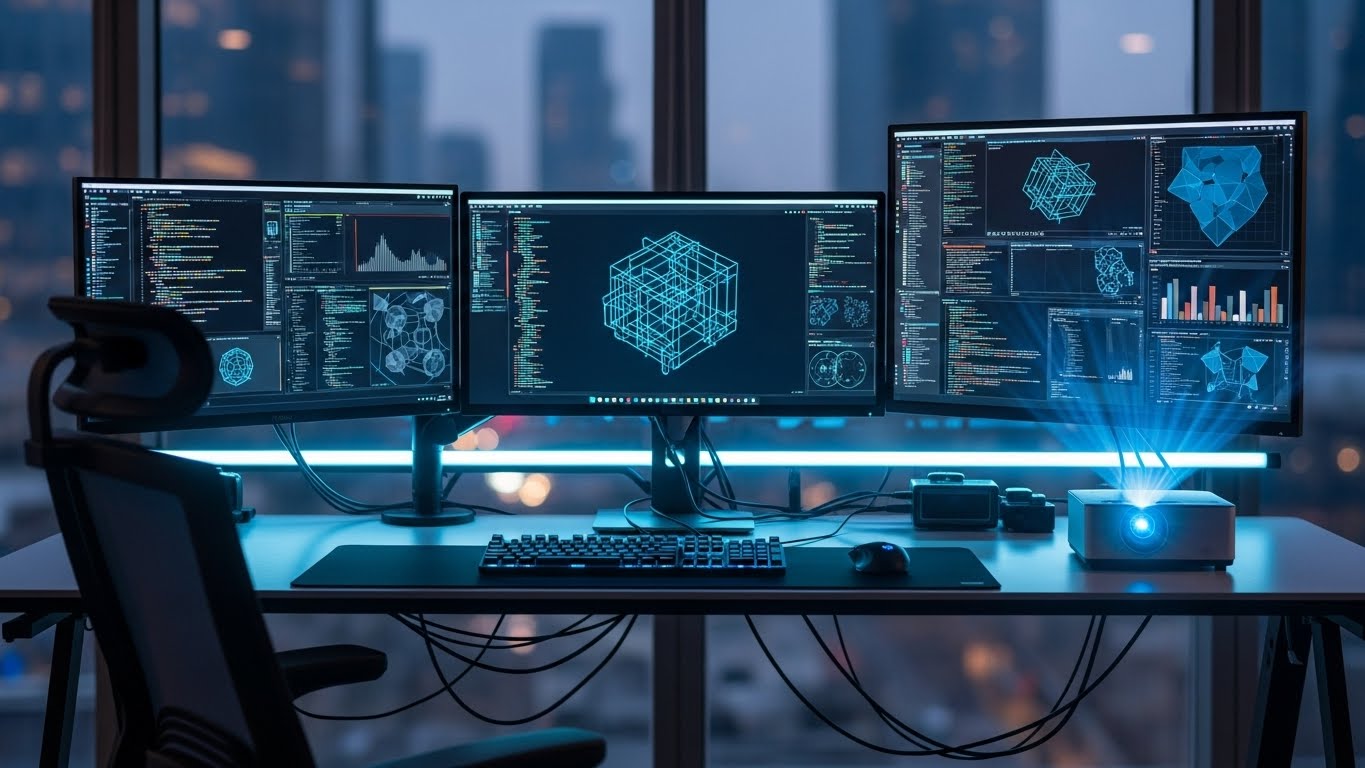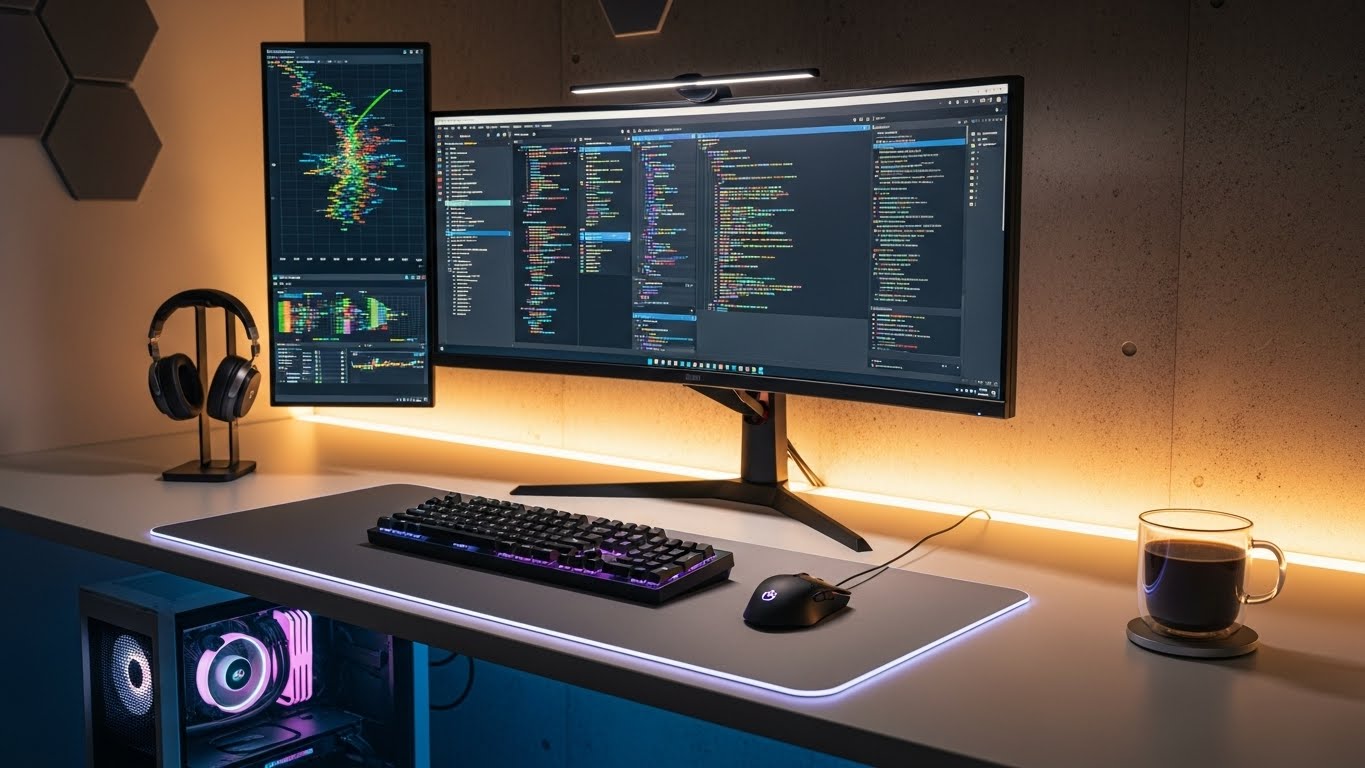Introduction: A World Written in Code
In the modern age, technology is no longer confined to laboratories or limited to high-end industries. It has quietly become an inseparable part of our daily lives—so seamlessly woven into the fabric of society that we hardly notice its presence. Whether it’s the invisible network that lets us stream music while commuting, the voice assistant that reminds us of appointments, or the algorithms recommending what we should watch next, we live in a world written in code. This blog explores how technology has transformed ordinary living into something smarter, faster, and more connected than ever before—and why this transformation is only just beginning.
The Digital Shift: From Physical to Virtual
A few decades ago, most daily activities were purely physical. People visited banks for transactions, went to libraries to do research, and relied on newspapers or television for the latest news. Today, the digital world runs parallel to our physical one. Almost everything has a digital counterpart. Your bank now lives in an app. Your bookstore is online. Your favorite news sources send push notifications straight to your phone.
This shift didn’t happen overnight. It’s the result of years of advancements in software, data networks, and hardware design. One of the key enablers was the spread of the internet. As internet connectivity became more accessible, businesses and services began transitioning online to meet consumers where they were spending most of their time—on screens.
While this shift has undoubtedly made life more convenient, it has also redefined how we think about space and time. You no longer need to travel across town to submit a document or wait days for a letter. Speed and accessibility are now expectations, not luxuries.
Smartphones: The Remote Control of Life
No discussion about everyday technology would be complete without the modern smartphone. It has become more than a communication tool—it’s the remote control for modern life. From booking a cab and ordering groceries to paying bills and attending meetings, our phones are a single point of access for dozens of services.
The smartphone’s power comes from a combination of hardware and software working in perfect harmony. Inside its sleek shell are sensors, processors, and antennas far more powerful than the computers that put men on the moon. On the outside, software interfaces make it easy for users to interact with these powerful capabilities.
Even more fascinating is how smartphones are shaping human behavior. We wake up to their alarms, use them for entertainment during downtime, and even rely on them to navigate unfamiliar streets. In essence, the smartphone has become an extension of ourselves—a digital limb we use to interact with the modern world.
Artificial Intelligence: The Silent Partner in Daily Decisions
Artificial Intelligence (AI) often sounds like something futuristic, involving robots and science fiction. But in reality, AI is already embedded into daily life in subtle and powerful ways. Every time your email filters out spam, your phone suggests the next word while typing, or your music app curates a playlist just for you, AI is at work.
The role of AI is growing every day. It’s now used in healthcare apps that monitor heart rates and send alerts for abnormal patterns. It’s in financial apps that analyze your spending habits and suggest savings. It even powers self-checkout lanes at supermarkets and the customer service chatbots on most commercial websites.
What makes AI so influential is its ability to learn from patterns and improve over time. This learning ability means that the more we interact with AI-driven systems, the better they become at serving us. In doing so, AI is becoming a silent partner in decision-making—from what to eat, to how to get somewhere faster, to when to sleep.
Work Reimagined: Remote Offices and Digital Productivity
The way we work has undergone a seismic shift, largely driven by technology. The rise of remote work, especially in the past few years, was made possible by video conferencing tools, cloud-based document sharing, and team collaboration platforms. Today, a person can live in one country and work full-time for a company in another, without ever stepping into a physical office.
This flexibility has changed how people view work-life balance. No longer bound by physical offices or rigid hours, professionals are seeking roles that allow greater autonomy and freedom. This shift is being powered by a variety of tools: project management apps, virtual brainstorming platforms, and automation services that take care of repetitive tasks.
But technology has also introduced new challenges. The lines between work and personal life are blurrier than ever. Notifications follow employees from desk to dinner table, and “always-on” culture can lead to burnout. Managing this new landscape requires thoughtful use of tech, with an emphasis on setting boundaries and prioritizing well-being.
Smart Homes: The Future Within Four Walls
The idea of a smart home was once the stuff of science fiction. Now, it’s a reality for many households. Smart thermostats adjust temperatures based on your daily routine. Lights turn on when you enter a room. Fridges send alerts when you’re running low on milk. Doorbells come equipped with cameras that let you see who’s at the door even if you’re halfway across the world.
These conveniences are enabled by the Internet of Things (IoT), where everyday devices are connected to the internet and can communicate with one another. Voice assistants like Alexa and Google Assistant act as control hubs, responding to voice commands to play music, check the weather, or manage home appliances.
Smart homes not only add convenience, but also offer energy savings and improved security. Motion sensors, automated locks, and real-time alerts can help prevent break-ins. Smart meters and power usage analytics can lower utility bills and reduce environmental impact.
As more devices become smart, homes will continue to evolve into highly personalized environments that adapt to our preferences and habits.
Entertainment and Leisure: A Personalized Digital Playground
Entertainment has become deeply personalized thanks to technology. Music streaming services curate playlists based on listening habits. Video platforms recommend content you’re likely to enjoy. Gaming has moved online, allowing players from different parts of the world to connect in real time.
Virtual Reality (VR) and Augmented Reality (AR) are expanding what entertainment even means. VR headsets can transport users to entirely different worlds, while AR overlays digital elements onto the real world, enhancing experiences from shopping to museum visits.
Moreover, content creation has become democratized. Anyone with a smartphone and an idea can become a content creator, build a following, and monetize their creativity. This has led to a more diverse range of voices in media and a shift away from centralized entertainment industries.
Entertainment is no longer something we passively consume. It’s something we engage with, personalize, and even create ourselves.
Transportation: Smarter, Safer, and More Connected
Technology has also had a profound impact on how we move through the world. GPS navigation has made getting lost nearly impossible. Ride-sharing platforms have transformed urban mobility. Electric vehicles are reducing dependence on fossil fuels, and autonomous driving technologies are beginning to reshape what it means to own or operate a vehicle.
Cars are now computers on wheels. They come equipped with sensors, cameras, and software that help avoid collisions, optimize fuel efficiency, and even park themselves. Public transportation systems use smart ticketing and real-time tracking to enhance efficiency and user experience.
In the near future, flying taxis, hyperloop trains, and fully autonomous vehicles may become common. These technologies promise to reduce travel time, minimize accidents, and offer more sustainable transport options.
Education Reinvented: Learning Without Limits
Technology has broken down barriers in education. Online platforms, virtual classrooms, and educational apps have made learning accessible to anyone with an internet connection. Whether you’re a child in a rural village or an adult learner in a metropolitan city, knowledge is now just a few clicks away.
Interactive tools like digital whiteboards, virtual labs, and educational games make learning more engaging. Students can replay lessons, take online quizzes, and collaborate on projects without being in the same physical location.
Moreover, artificial intelligence is being used to create personalized learning paths that adapt to individual student needs, helping them learn at their own pace and in their own style.
While access and affordability remain challenges in some regions, the potential of technology to revolutionize education is immense.
A Future Written in Code: What Lies Ahead
If the past two decades are any indication, the next twenty years will bring even more dramatic changes. Technologies such as quantum computing, brain-computer interfaces, and decentralized systems are already being developed and tested.
Quantum computing could solve problems considered impossible for current machines, with implications in fields ranging from drug discovery to climate modeling. Brain-computer interfaces may allow people to control devices using only their thoughts. Decentralized technologies could shift power away from corporations and give users more control over their data.
These advancements will present new ethical questions, demand new laws, and require societies to adapt rapidly. But they also offer solutions to some of humanity’s greatest challenges—if used wisely.
Conclusion: Living in a Connected Age
Technology has quietly but profoundly rewritten the rules of everyday life. What was once manual is now automated. What was once distant is now instantly accessible. As our world becomes more digital, it also becomes more interconnected, efficient, and adaptable.
However, with great convenience comes great responsibility. We must learn to use technology thoughtfully, protect our privacy, and ensure that its benefits are shared equitably. It’s not just about adopting new tools—it’s about shaping a future where those tools improve life for everyone.
As we continue to think in code and live in data, the choices we make today will define the kind of world we build for tomorrow.



